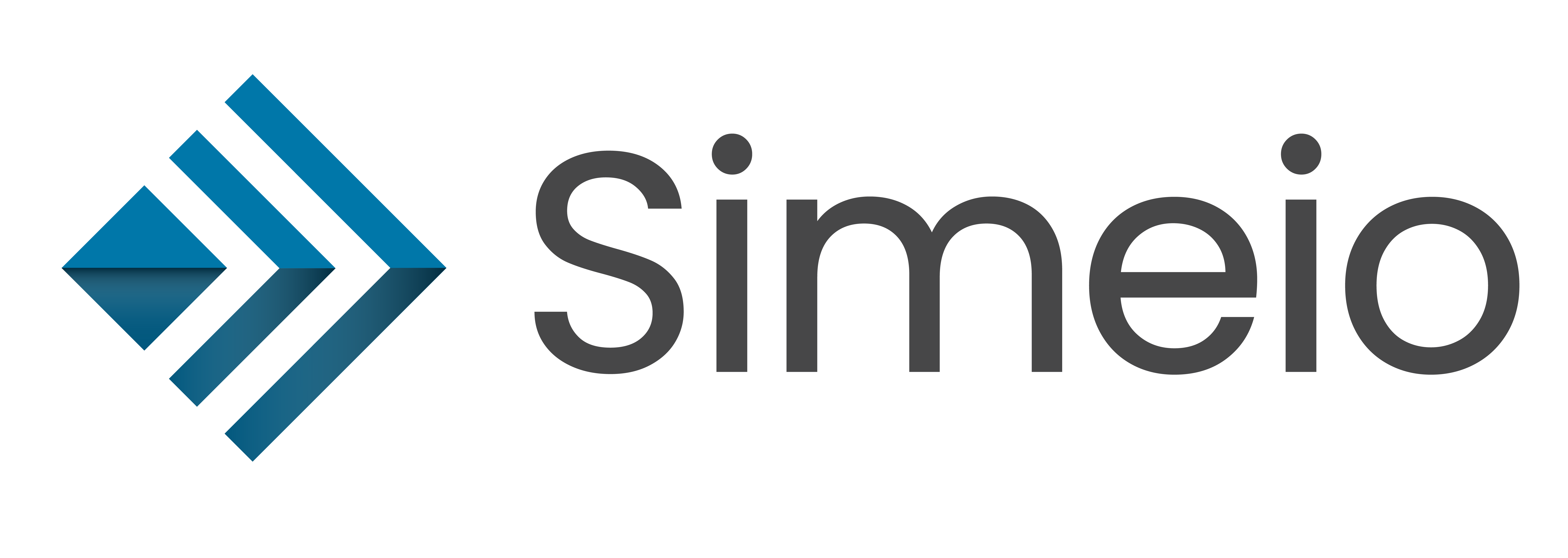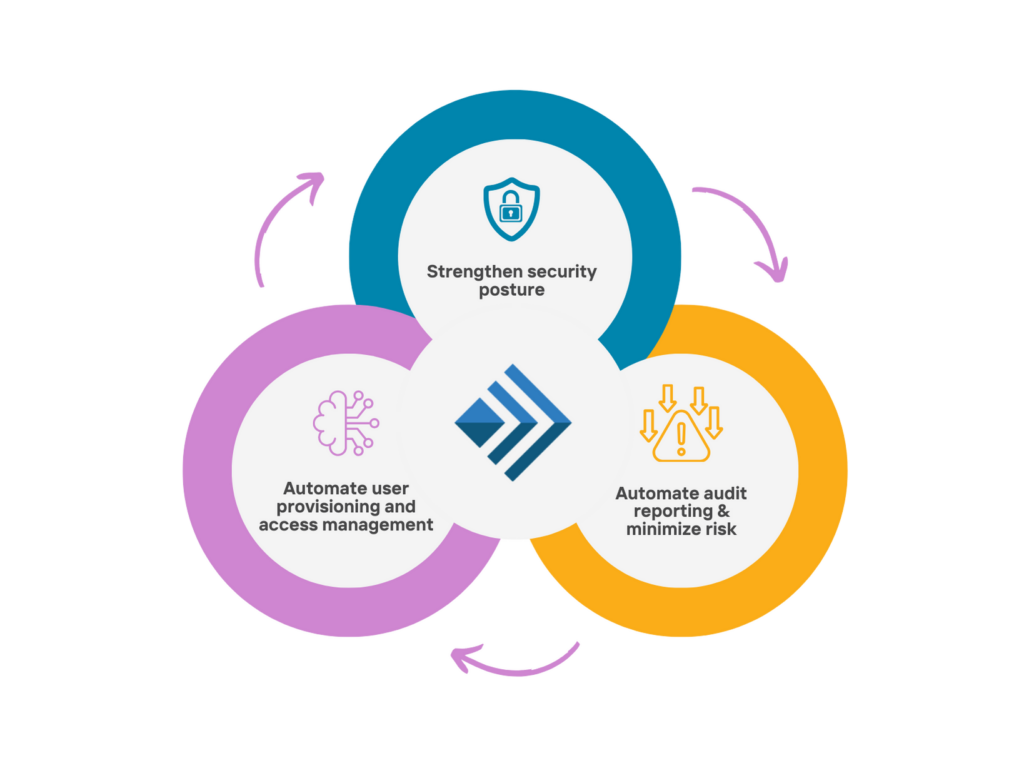
Access Management & Federation
Like a ship transporting valuable goods across a dangerous sea, enterprises have a duty to protect their own precious cargo: their user identity stores. These are the central repositories of sensitive information necessary for operation. However, if they become...

Access Management & Federation
Hacking is a contest of opportunities. Security is a contest of probabilities. The stakes for both are high. Bad actors keep an eye out for flaws in a system or a human weakness to burrow into. Each data request has the potential to be a mask, a deception wherein an...

Access Management & Federation
When navigating a treacherous landscape, your priority is to get the lay of the land and chart out a safe path. In the realm of identity and access management, the best way to make this survey is to get an IAM maturity benchmark assessment from Simeio. Doing so drives...

Access Management & Federation
Access management and federation makes resources and services more accessible in the increasingly interconnected digital world of modern business. As the number of user identities and permissions grows, organizations must navigate a landscape where users have multiple...

Access Management & Federation
For the cybersecurity officer looking for solutions to their managed identity woes, SSO and adaptive MFA is a fresh spring in the desert. However, the ideal access management program must capitalize on both features in their proper context. Implemented...

Access Management & Federation
Many users dislike passwords, finding them aggravating and tedious. In the face of developments like Zero Trust and Adaptive MFA, the days of passwords may be numbered. However, at present the standard of cybersecurity starts with passwords. Yet the issue of passwords...








